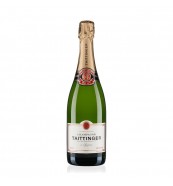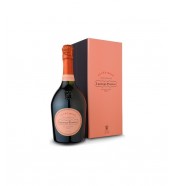
Champagne - France

The champagne or champagne, French champagne, is a type of sparkling wine with designation of origin, prepared under...
MoreCategories
- WHITE WINE
- ROSE WINE
- RED WINE
- SPARKLING WINE
- WINES OF THE WORLD
- PREMIUM GINS
- WHISKY
- Liquor and Spirits
- Gourmet Products
- Internacional Beer
- COCTELERIA
- Alella - Spain
- Alicante
- Arribes del Duero
- Bierzo - Spain
- Calatayud - Spain
- Campo de Borja - Spain
- Castilla La Mancha
- Catalunya - Spain
- Cava - Sparkling Wine
- Artisan Beer - Spain
- Conca de Barbera - Spain
- Corpinnat
- Costers del Segre - Spain
- Dominio de Valdepusa - Spain
- Emporda - Spain
- Extremadura - Spain
- Jerez / Sherry - Spain
- Jumilla - Spain
- Madrid
- Manchuela - Spain
- Monterrei - Spain
- Montsant - Spain
- Navarra - Spain
- Porto Wine - Portugal
- Penedes - Spain
- Pla de Bages - Spain
- Priorat - Spain
- Rias Baixas - Spain
- Ribeiro - Spain
- Ribera del Duero - Spain
- Ribera Sacra
- Rioja - Spain
- Rueda - Spain
- Somontano - Spain
- Tarragona - Spain
- Terra Alta - Spain
- Toro - Spain
- Txakoli - Spain
- Valle de Sadacia (Rioja) - Spain
- Vino de la Tierra de Cadiz
- Vinos de la Tierra de Mallorca - Spain
- Vinos Tierra Castilla y Leon - Spain
- Ecologic Wines
- Vinos Premium
- Natural Wine
- Fortified Wine
- Vino Vegano
- Dessert wines
- Vino de Finca - Edicion Limitada
- Tonic Water & Mixers Premium
- Thumbnails
- Rum
- Brandy / Cognac
- Vermut
- Vodka
- Gifts Descorchalo.com
- Water
- Natural Wine Cosmetics
- Botellas Magnum
- Utiel - Requena
- Almansa
- Tequila y Mezcal
- Carinena
- Cigales
- Vinos a Granel Barrica
- Ribera del Guadiana
- Valencia
- Valdeorras
- Valdepeñas
- Vino del Condado de Huelva
Contact us
Our hotline is available 24/7
info@descorchalo.com




























Follow us